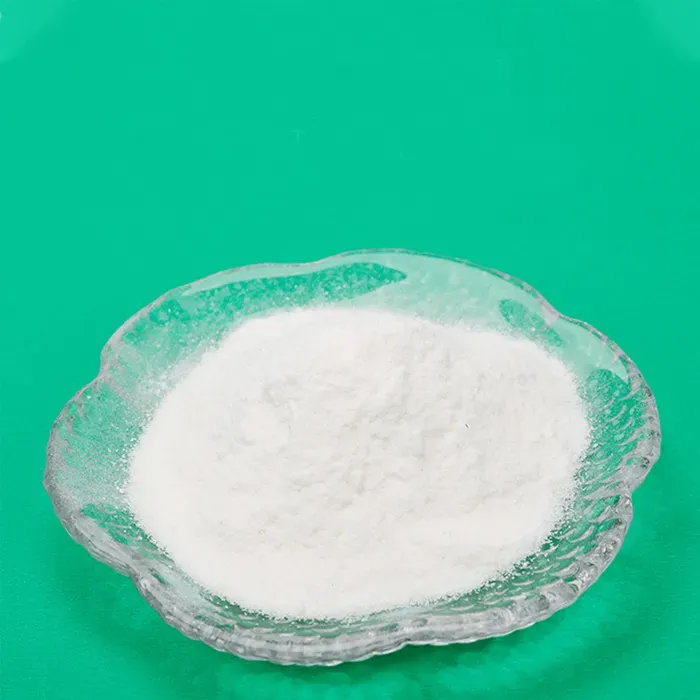Chlorophenothiazine is a compound that has garnered considerable attention in the fields of chemistry and pharmacology due to its unique structure and diverse applications. As a derivative of phenothiazine, this compound exhibits a range of biological activities, making it not only a subject of scientific research but also a potential therapeutic agent.
Phenothiazine itself is a tricyclic compound that serves as the foundation for many pharmaceutical agents, particularly antipsychotic medications. Chlorophenothiazine, which incorporates chlorine atoms into the phenothiazine structure, enhances certain chemical properties that contribute to its pharmacological effects. This modification allows chlorophenothiazine to interact with various biological targets, including neurotransmitter receptors, which is why it has been explored for its psychoactive properties.
One of the most notable characteristics of chlorophenothiazine is its efficacy as an antipsychotic agent. It works primarily by antagonizing dopamine receptors in the brain, particularly the D2 receptor. This action helps to reduce symptoms associated with psychotic disorders, such as schizophrenia and bipolar disorder. Many traditional antipsychotics have side effects that can significantly impact patients' quality of life; however, chlorophenothiazine shows promise in achieving a balance between efficacy and tolerability.
Beyond psychiatric applications, chlorophenothiazine is also being investigated for its utility in other medical fields. Research has indicated that the compound possesses anti-inflammatory, antiviral, and even anticancer properties. The versatility of chlorophenothiazine is primarily attributed to its ability to inhibit specific enzymes and influence cellular signaling pathways, suggesting a broader spectrum of action than previously understood.
In addition to its therapeutic potential, chlorophenothiazine has been studied in the context of environmental chemistry. Its stability and persistence in certain environments raise concerns regarding its impact on ecosystems. Residual amounts of the compound have been detected in wastewater and aquatic systems, indicating the need for further research on its environmental effects. This concern warrants a multidisciplinary approach, combining toxicological studies with efforts to develop sustainable practices for managing chlorophenothiazine waste.
chlorophenothiazine

The synthesis of chlorophenothiazine typically involves several chemical reactions that are carefully controlled to yield high-purity products. Researchers explore various synthetic routes, often looking for greener alternatives that minimize harmful byproducts and enhance overall efficiency. This focus is not only important for pharmaceutical production but also resonates with the growing emphasis on sustainability in chemistry.
Moreover, advancements in analytical techniques have facilitated the study of chlorophenothiazine's pharmacokinetics—how the compound is absorbed, distributed, metabolized, and excreted in the body. Understanding these parameters is crucial for optimizing dosing regimens and improving patient outcomes. For instance, knowledge about the compound's half-life can guide clinicians in determining how frequently a patient should receive treatment.
Collaboration among chemists, pharmacologists, and environmental scientists is essential to unlock the full potential of chlorophenothiazine. As research continues, more comprehensive profiles of its benefits and risks are expected to emerge. Furthermore, exploring novel derivatives of chlorophenothiazine could lead to the development of next-generation therapeutics with improved efficacy and reduced side effects.
In conclusion, chlorophenothiazine stands at the intersection of pharmacology, environmental science, and chemistry. From its role as an antipsychotic agent to its environmental implications, the compound provides a rich area for exploration and innovation. As our understanding of chlorophenothiazine expands, it has the potential to contribute not only to improving mental health treatments but also to advancing sustainable practices in chemical production and waste management. The ongoing research on this compound exemplifies the profound connections between chemistry and other scientific disciplines, showcasing the importance of interdisciplinary collaboration in addressing complex challenges in health and the environment.

